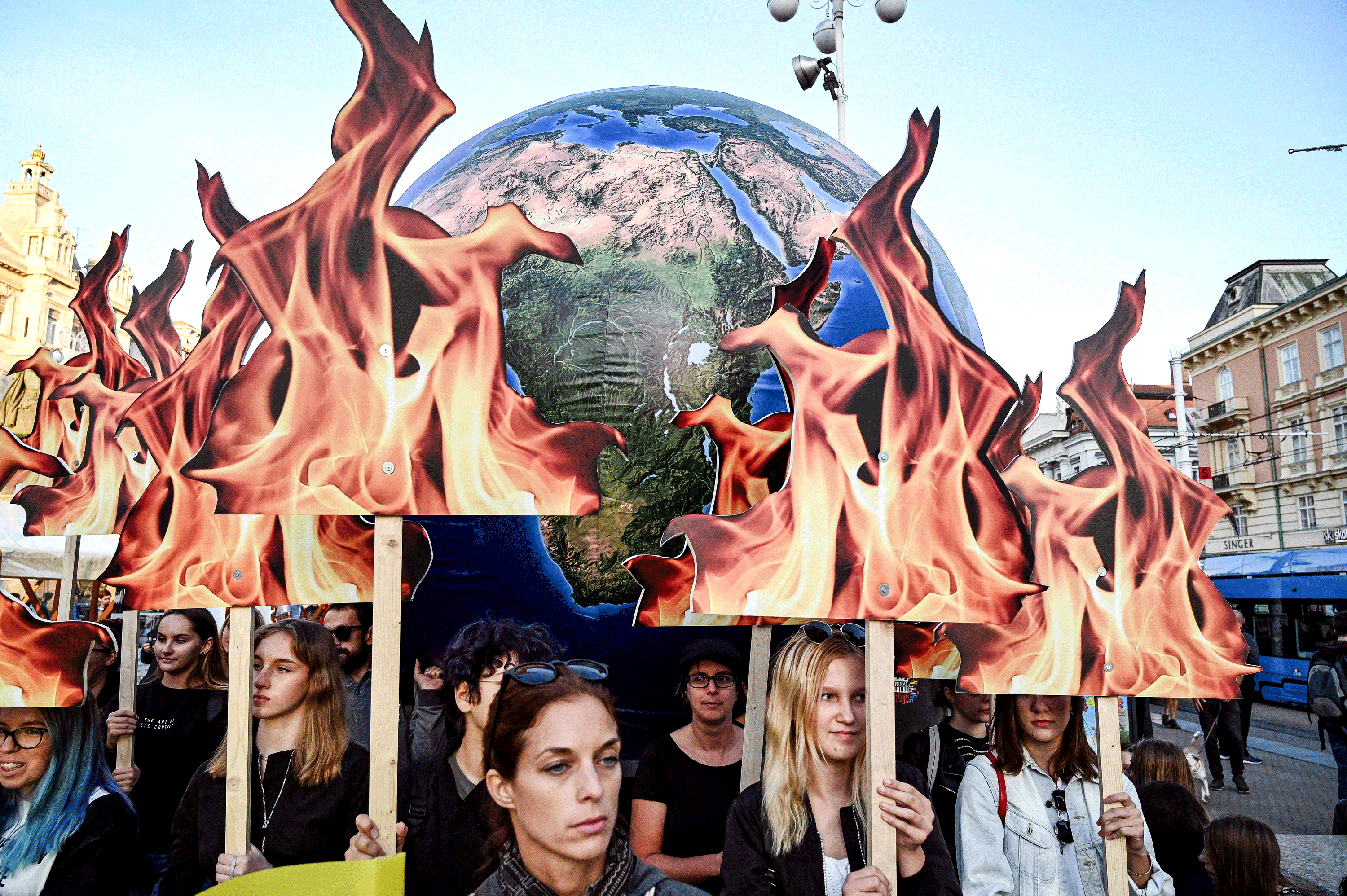There’s no climate emergency. And the alarmist messaging pushed by global elites is purely political. That’s what 1,808 scientists and informed professionals stated when they signed the Global Climate Intelligence Group’s “World Climate Declaration.”
“Climate science should be less political, while climate policies should be more scientific,” the declaration begins. “Scientists should openly address uncertainties and exaggerations in their predictions of global warming, while politicians should dispassionately count the real costs as well as the imagined benefits of their policy measures.”










